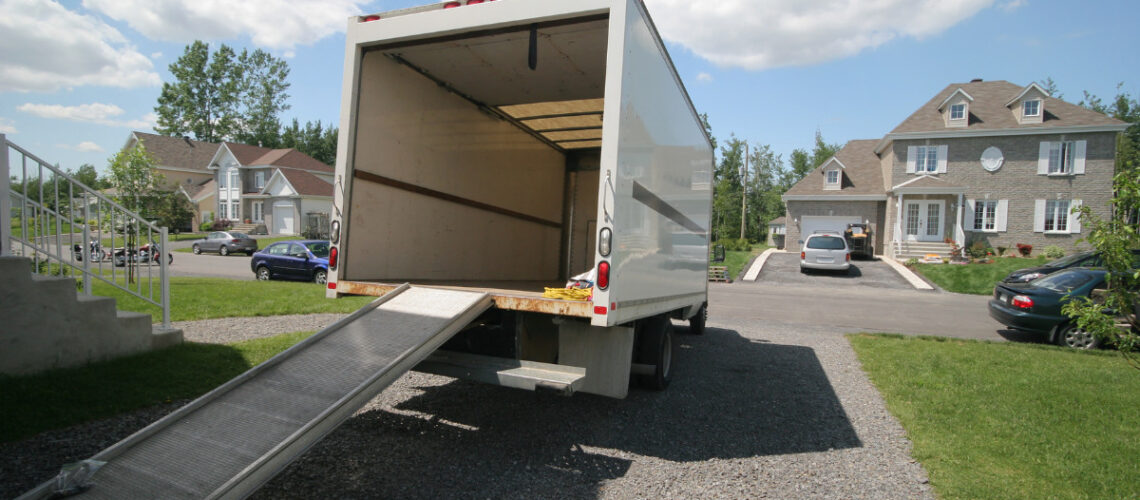In recent years, a significant demographic shift has been unfolding across the country, as urban dwellers seek a change of scenery and lifestyle. The phenomenon, often referred to as the “urban exodus,” is marked by a growing number of individuals and families moving away from densely populated urban centers and into the suburbs. This trend has been catalyzed by a combination of factors, including changing work dynamics, lifestyle preferences, and the search for more spacious and affordable living arrangements. As people flock to suburban areas, the real estate landscape is undergoing a transformation with profound implications for both buyers and sellers.
The Suburban Migration Trend
Amidst the bustling rhythm of urban life, an increasing number of individuals are choosing to uproot and head for the suburbs. This trend has gained momentum in recent years, driven by a desire for more space, tranquility, and a stronger connection to nature. Families seeking larger homes and yards, coupled with the allure of quieter communities, have fueled this shift. The COVID-19 pandemic further accelerated the migration, as remote work became more commonplace and people sought environments better suited for extended periods of time spent at home.
Real Estate Implications
Expanding Suburban Real Estate Markets
The suburban migration trend has had a direct impact on the real estate market, with suburban areas experiencing heightened demand for housing. As city-dwellers explore the options beyond city limits, suburban real estate markets are expanding rapidly. This has led to increased competition for homes, resulting in rising property prices.
Changing Home Preferences
People residing in cities, once confined to the limited choices within city limits, are now casting their nets wider, exploring the untapped potential of suburban living. This surge in interest has acted as a catalyst for a rapid expansion of suburban real estate markets. Neighborhoods that were once considered solely residential havens for families seeking quieter environments have now become vibrant epicenters of activity, attracting a diverse range of homebuyers. This evolution is not just about relocating—it’s about embracing a new way of life that strikes a harmonious balance between the benefits of urban accessibility and the tranquility of suburban landscapes.
However, this increased migration and burgeoning demand have ushered in a new dynamic: heightened competition for homes. As more individuals and families vie for a limited supply of available properties, the once serene suburban real estate market has transformed into a competitive arena. This intensified competition naturally translates into rising property prices—a reflection of the fundamental principle of supply and demand. In many suburban regions, prospective buyers find themselves in bidding wars as they attempt to secure their slice of suburban serenity.
Real Estate Developers Respond
Real estate developers are attuned to these changing trends and are adapting their offerings to cater to the preferences of the migrating population. New suburban developments are increasingly designed with a focus on open spaces, community amenities, and environmentally conscious design. Developers are collaborating with architects and urban planners to create neighborhoods that prioritize wellness, connectivity, and the overall suburban experience.
Commute and Accessibility
Despite embracing suburban living, many individuals still require access to urban centers for work, leisure, and services. This has prompted a demand for properties located in commuter-friendly suburbs, with easy access to highways, public transportation, and urban hubs. Real estate markets are responding by emphasizing properties that offer the convenience of a manageable commute without sacrificing the benefits of suburban life.
Investment Opportunities
For real estate investors, the suburban migration trend presents a plethora of opportunities. As demand for suburban properties rises, investment properties such as rental homes and vacation rentals are becoming increasingly attractive. Additionally, purchasing land for development in burgeoning suburban areas can yield significant returns as communities continue to grow and thrive.
The urban exodus is a transformative trend that continues to shape the real estate landscape. As more individuals and families seek the advantages of suburban living, the demand for suburban properties is expected to remain strong. From changing home preferences to new development strategies, the real estate industry is evolving to cater to this shift in demand. As buyers and sellers navigate this changing environment, it’s essential to remain informed about the evolving dynamics of suburban real estate markets to make informed decisions that align with lifestyle preferences and investment goals.

